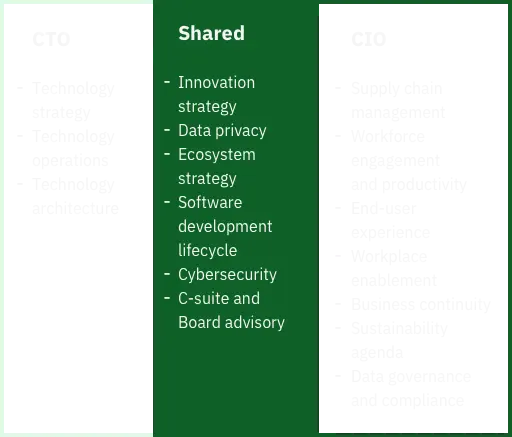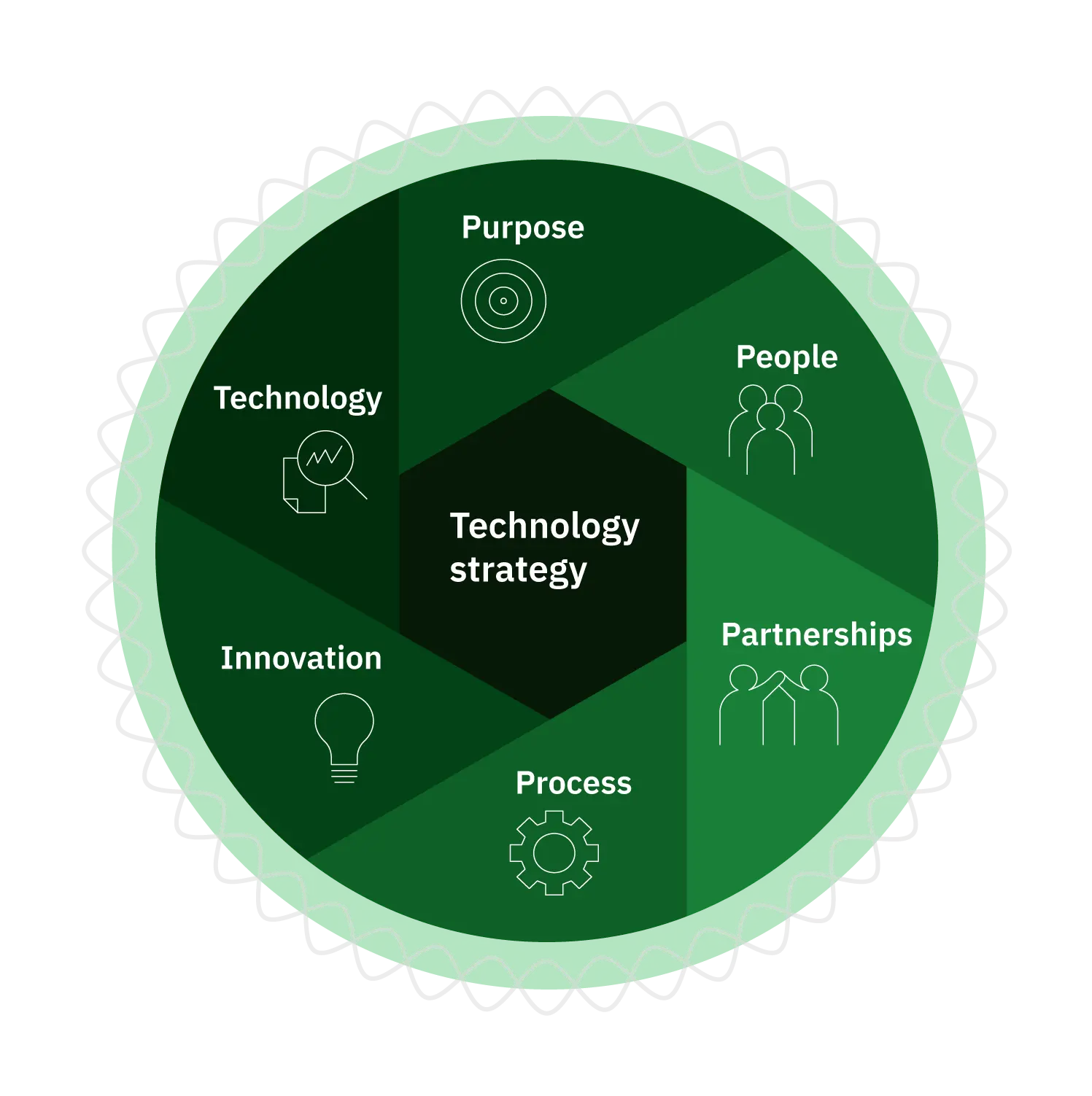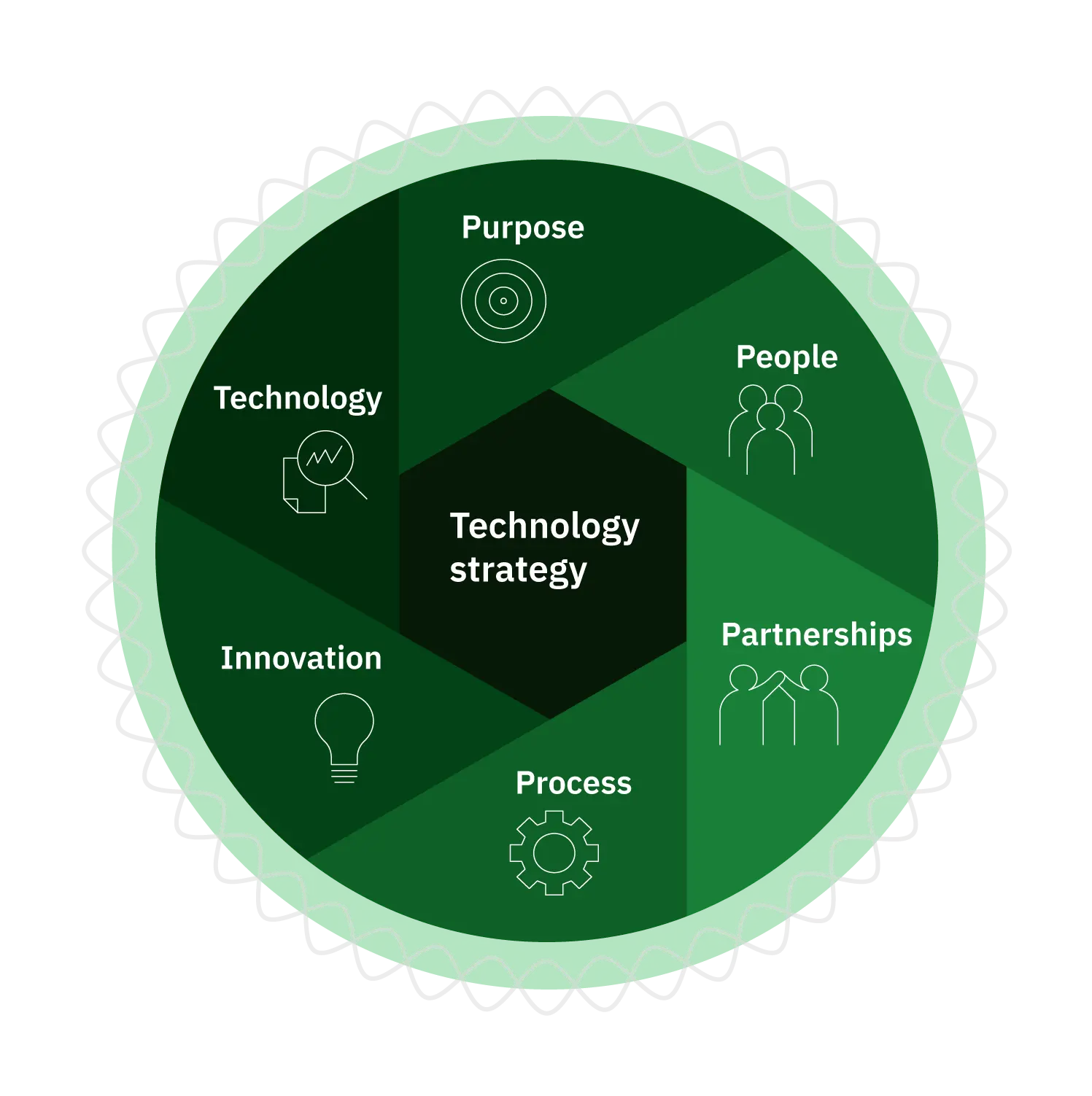The CTO’s world is profoundly different than it was a couple of years ago. Organizations where CTOs embrace the challenge and changes as strategic opportunities can build on strong technology leadership and aim for a decisive advantage moving forward. Successful CTOs understand the businesses they support, the evolving technology and risk landscape, and how to connect the pieces.
The stakes are high, but so are the prospects for success. Technology investments are driving greater collaboration, increased effectiveness, and modern ways of working beyond organizational boundaries.






